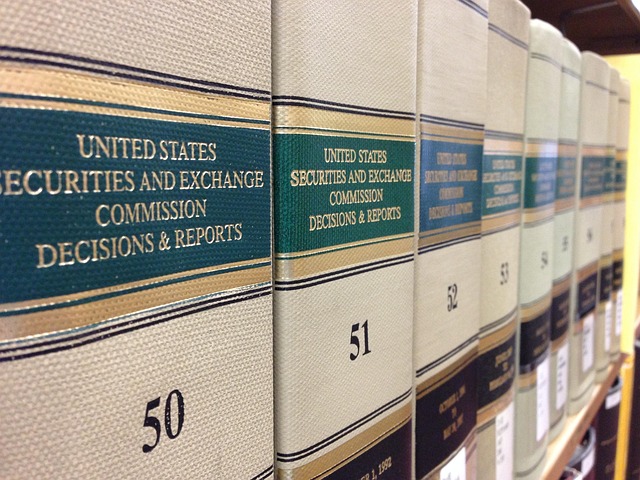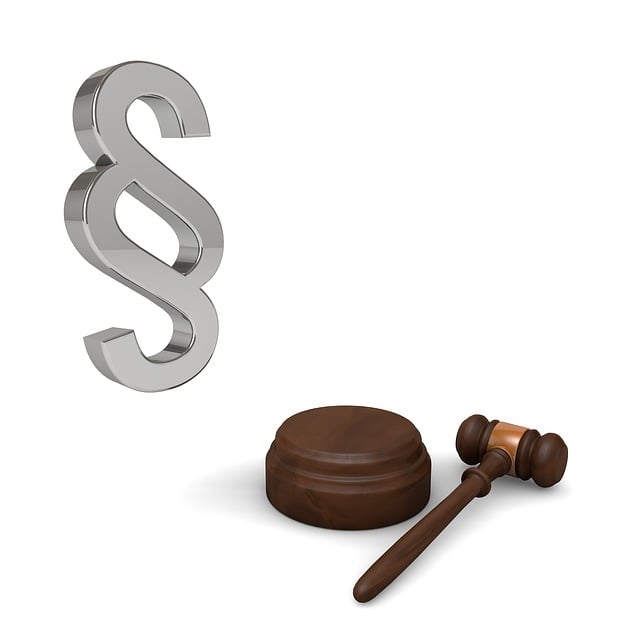Mastering Criminal Law: Proof, Elements, and Presumptions

The Legal Standards for Burden of Proof in criminal law ensure fair justice by requiring prosecutors…….
In the realm of law, ensuring fairness and justice is paramount, and the concept of ‘Burden of Proof’ stands as a cornerstone in this pursuit. This article delves into the intricate world of legal standards governing the burden of proof, exploring its significance, historical evolution, global reach, and future implications. By understanding these standards, we can gain insights into how legal systems maintain integrity, protect rights, and facilitate efficient dispute resolution. The journey ahead promises an in-depth analysis, revealing the complex interplay between law, economics, technology, policy, and real-world applications.
The burden of proof refers to the legal obligation placed on a party in a legal dispute to provide sufficient evidence to support their claims or defenses. It is a fundamental principle in civil and criminal proceedings, ensuring that allegations are supported by credible proof. Legal standards for burden of proof dictate the level of evidence required, the methods of presentation, and the consequences of failure to meet this standard.
Key components include:
The concept of burden of proof traces its roots back to ancient legal systems, where it evolved as a means to protect individuals from baseless accusations and ensure fair trials. Over centuries, legal standards have been refined and adapted across various jurisdictions, reflecting societal values and the pursuit of justice.
In medieval Europe, for instance, the burden of proof was often on the plaintiff, reflecting a system favoring defendants. This shift towards placing the burden on plaintiffs to prove their claims is now a cornerstone in many common law jurisdictions. The significance lies in ensuring that allegations are well-founded, protecting against false accusations, and promoting efficient legal processes.
Legal standards for burden of proof exhibit remarkable diversity across the globe, shaped by historical, cultural, and legal traditions. However, globalization and international trade have led to increased integration and harmonization of these standards:
| Region | Standard of Proof | Key Features |
|---|---|---|
| Common Law Countries (US, UK, Canada) | Beyond a Reasonable Doubt (Criminal), Preponderance of Evidence (Civil) | Strict criminal standards, flexible civil standards; emphasis on jury trials and expert evidence. |
| Civil Law Countries (France, Germany, Japan) | Proof by a Majority (Civil and Criminal) | Collective decision-making, reliance on detailed legal codes; less disparity between civil and criminal proceedings. |
| Mixed Jurisdictions | Varies by Case and Jurisdiction | Hybrid systems with varying standards based on case type and local laws. |
The increasing global integration of trade and commerce has led to a greater need for consistent legal standards, particularly in international arbitration and cross-border litigation. Organizations like the United Nations Commission on International Trade Law (UNCITRAL) have played a pivotal role in promoting legal harmony by drafting uniform laws and guidelines, ensuring fairness and predictability in international transactions.
Despite efforts at harmonization, regional variations persist, creating challenges for multinational corporations and individuals involved in cross-border disputes. For instance:
Legal standards for burden of proof have a profound impact on economic systems by influencing business decisions, investment strategies, and risk management. Clear and consistent standards promote investor confidence, facilitate international trade, and encourage innovation:
Research suggests that robust legal frameworks, including fair burden of proof standards, contribute to economic growth by fostering a stable business environment. According to a World Bank study, countries with well-enforced contract enforcement mechanisms and transparent legal systems attract higher levels of foreign direct investment (FDI).
Technology has revolutionized legal practices, impacting how evidence is gathered, presented, and analyzed. Digital forensics, advanced data analytics, and artificial intelligence are transforming the burden of proof:
As technology advances, so do the expectations for legal systems to keep pace:
Governments and international organizations play a crucial role in shaping legal standards through policies, regulations, and legislative acts:
Policy makers and legal experts collaborate to develop and update standards, ensuring they remain relevant and effective. Organizations like the American Bar Association (ABA) and the International Bar Association (IBA) play significant roles in this process through research, publications, and model laws.
Despite their importance, legal standards for burden of proof face several challenges:
To enhance fairness and efficiency, legal systems should:
Case: A class-action suit against a major automobile manufacturer for defective airbag systems.
Application of Burden of Proof: The plaintiffs had to prove that the airbags were defectively designed and that this design directly caused injuries or deaths. They presented expert testimony, vehicle inspection reports, and statistical data analyzing the failure rates of the airbags in various accidents.
Outcome: The court found the manufacturer liable, emphasizing the importance of stringent burden of proof standards in ensuring product safety and holding manufacturers accountable for defects.
Scenario: A tech startup accused a competitor of copyright infringement over software code.
Burden of Proof Approach: The plaintiff had to demonstrate ownership of the intellectual property, show that the defendant accessed or copied the code, and prove the substantial similarity between the two versions. Digital forensics played a crucial role in tracing code origins and identifying potential infringements.
Result: The court sided with the plaintiff, underscoring the effectiveness of advanced digital evidence in resolving IP disputes fairly.
The future of legal standards for burden of proof is shaped by technological advancements, globalization, and evolving societal needs:
Legal professionals and policymakers should focus on:
Legal standards for burden of proof are not static but rather dynamic components of any legal system, constantly evolving in response to societal, economic, and technological changes. As we navigate an increasingly interconnected world, the fair application of these standards becomes more critical than ever. By understanding their historical foundations, global influences, economic implications, and future trends, we can work towards creating a more just and efficient legal landscape.
Q: How does the burden of proof differ in criminal and civil cases?
A: In criminal cases, the standard is typically ‘beyond a reasonable doubt’, requiring the prosecution to prove guilt with high certainty. In civil cases, the standard varies but often leans towards ‘preponderance of evidence’, where a fact is proven if it appears more likely than not.
Q: Can technology ever replace human judgment in determining the burden of proof?
A: While technology aids in evidence analysis and presentation, it cannot entirely replace human judgment. Expert interpretation and legal acumen remain essential for applying standards fairly and contextually.
Q: How do global trade agreements impact legal standards?
A: Trade agreements often include provisions ensuring fair treatment of investors and businesses, influencing the development and application of legal standards to create a predictable business environment.
Q: Are there any efforts to simplify burden of proof standards?
A: Yes, organizations like the ABA and IBA are actively involved in researching and proposing simplified language for legal standards, aiming to enhance clarity and accessibility without compromising fairness.

The Legal Standards for Burden of Proof in criminal law ensure fair justice by requiring prosecutors…….

Understanding Legal Standards for Burden of Proof is crucial in C-Level investigations due to their…….

Securities scams target investors with unrealistic promises and deceptive tactics. Red flags include…….

The Legal Standards for Burden of Proof are vital in public corruption cases, requiring prosecutors…….

Whistleblower protection laws rely on clear legal standards for burden of proof to safeguard individ…….

Antitrust laws protect fair competition, with plaintiffs/prosecutors facing a high legal standard (L…….

Mail wire fraud cases require a deep understanding of Legal Standards for Burden of Proof, where pro…….

Financial fraud, characterized by deceptive acts like fake transactions and identity theft, destabil…….

C-Level Investigations focus on high-level misconduct involving top executives, from financial irreg…….

The RF Securities industry operates under strict legal standards for burden of proof, crucial for fa…….